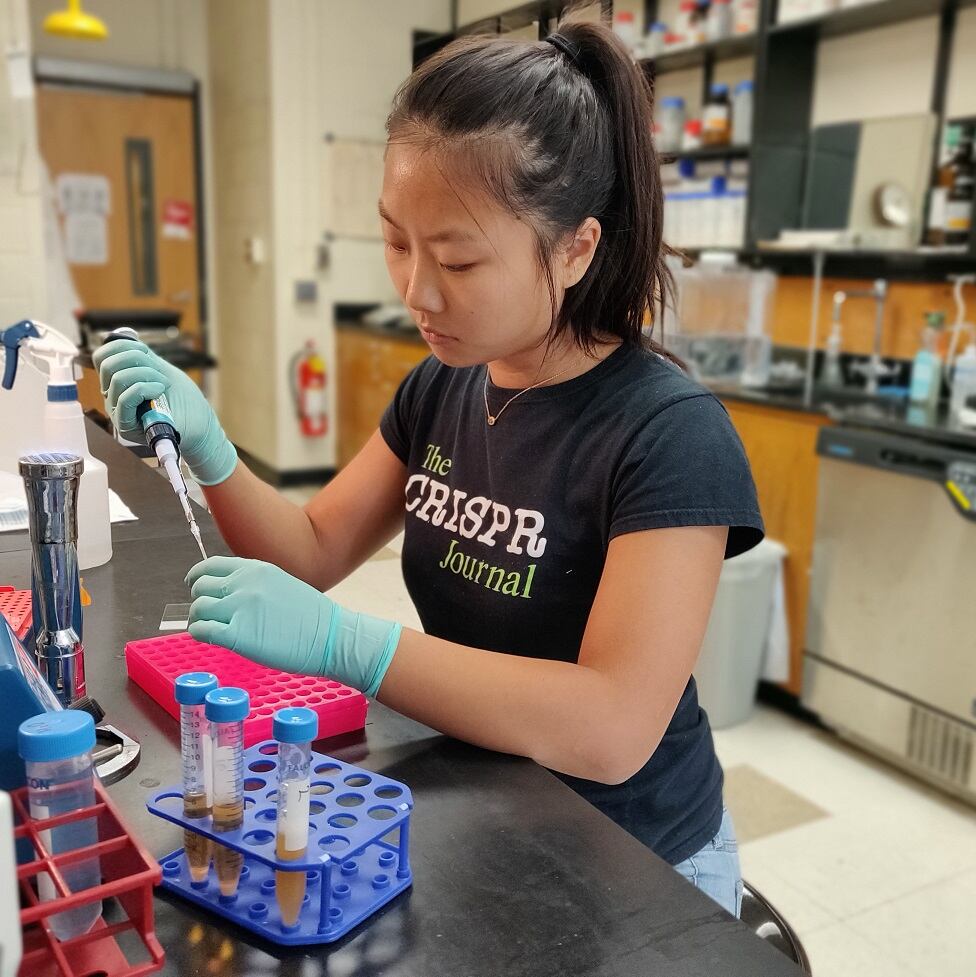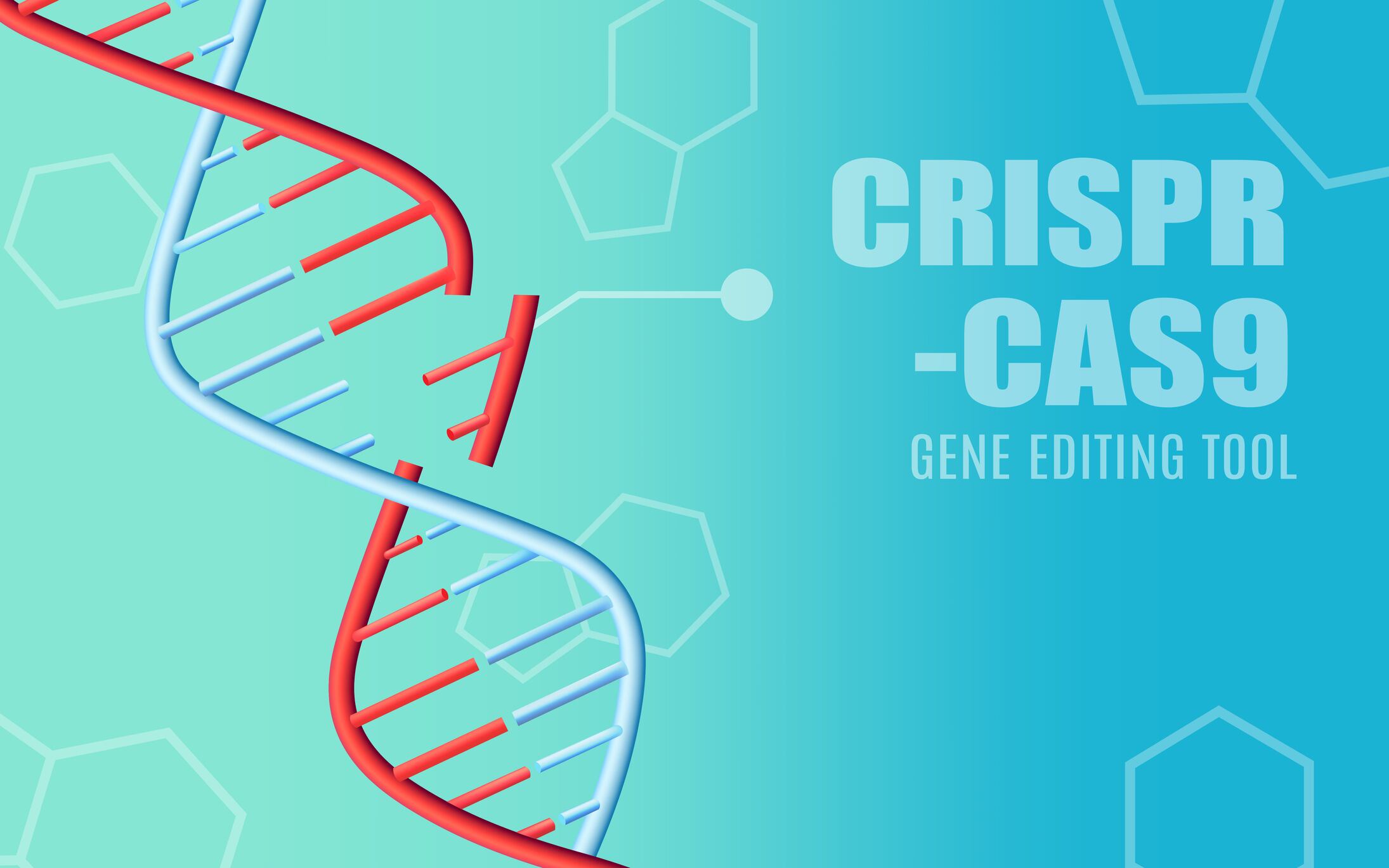Bifidobacterium is an important gut commensal and also the second most common genus used in commercial probiotic products (after Lactobacillus, or bacteria formerly known as Lactobacillus). However, Bifidobacteria can be very difficult to study genetically, explained Echo Pan, a Ph.D. student at NC State University and the lead author on a recent paper in PNAS.
“Compared to other model microorganisms such as E. coli, Bifidobacterium has a thicker cell wall, more defense systems (such as RM [restriction and modification] systems), and a paucity of molecular tools available in general,” she explained.
Bifidobacterium’s recalcitrant nature has meant that application of CRISPR (pronounced “crisper”) gene editing techniques have proved difficult.
“Although CRISPR-based editing tools have been established for a range of beneficial bacteria including Lactobacillus and Clostridium,” wrote the authors in PNAS, “successful application of CRISPR-mediated editing in Bifidobacterium has yet to be reported.” Until now…
CRISPR, which is short for “clustered regularly interspaced short palindromic repeats”, is a method for genome editing. It hit the headlines a couple of years ago when Emmanuelle Charpentier and Jennifer Doudna were awarded the 2020 Nobel Prize in Chemistry for their discovery of the CRISPR/Cas9 genetic scissors.
CRISPR-Cas systems occur naturally in about half of the bacteria that exist in the world and has been used in the dairy industry for years to enhance phage resistance in cheese and yogurt cultures, for example.
Repurposed CRISPR-Cas systems

Working under the guidance of Dr Rodolphe Barrangou at NC State University, the researchers employed a repurposed endogenous type I-G CRISPR-Cas system and also adopted an exogenous CRISPR base editor to generate a variety of editing outcomes in B. animalis subsp. lactis.
The researchers showed how B. lactis can be engineered via both approaches in a programmable and strain-dependent manner.
Pan and her co-workers also characterized the endogenous type I-E CRISPRCas system in B. longum subsp. infantis.
“The CRISPR-based genome editing platform established in this study can enable the genesis of specific knockout mutant broadly in other genetically refractory Bifidobacterium species such as B. bifidum,” wrote Pan and her co-authors.
“In the future, this could be useful to determine and enhance probiotic efficacy in this diverse and important probiotic genus,” they added.
In an email to NutraIngredients-USA, Pan said that the results in this paper highlighted the importance of combining genomics and epigenetics to democratize genetic engineering in recalcitrant bacteria such as Bifidobacterium.
“Despite sharing highly homogenous genomes, these strains express different epigenetic patterns, which contribute to the different levels of genetic accessibilities across strains,” she said.
“We anticipate that the heterogenous epigenetic patterns could also contribute to different probiotic performance beyond just genetic accessibility,” she added. “A better understanding of the effect of epigenome on probiotic efficacy is something we are interested in exploring. As we showed in the paper, establishing a genome editing platform would be crucial to the discovery.”
Commenting on potential implications for industry, Dr Barrangou told us: “The study illustrates how CRISPR-based genome editing can be deployed in organisms with a relatively limited molecular biology toolbox, opening new avenues for the engineering of non-canonical genera and species for the development of next generation probiotics.
“Also, this expands the range of genome editing outcomes and scale, spanning precise single base edits, to the screening of large island deletions, which enables the design of probiotics for delivery of biotherapeutic molecules.”
Industry-academia collaboration
Pan said this work is a classic example of fruitful collaboration between academia and industry.
“As a PhD student who wants to join the biotechnology industry after graduation, I had the opportunity to work with our industry stakeholder, IFF, one of the largest probiotic manufacturers, and to facilitate their internal probiotic research,” she said. “This has been a valuable experience for my career, and I am very thankful for the support from my PI, Dr. Rodolphe Barrangou, and the rest of the lab.”
Source: PNAS
Volume 119, Number 30, e2205068119 doi: 10.1073/pnas.220506811
“Genomic and epigenetic landscapes drive CRISPR-based genome editing in Bifidobacterium”
Authors: M. Pan et al.


